Exploring the Role of Automated Drilling Systems in the Oil and Gas Industry
The Automated Drilling Systems leveraging advanced technologies like artificial intelligence, robots, and real-time data analytics, are redefining drilling operations in the oil and gas business. In this article, we will explore the role of Automated Drilling Systems, their profound impact on efficiency, safety, and exploration capabilities within the oil and gas industry and how simulation technology used in Automated Drilling Systems for improving their performance.
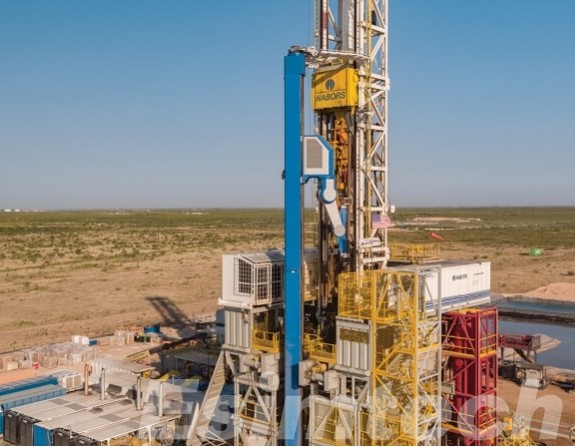
Evolution of Automated Drilling Systems
The goal for better efficiency, less human error, and improved drilling safety drove the development of automated drilling equipment. Traditional drilling methods relied mainly on manual labor and human expertise, but the demand for higher precision and the complexities of modern drilling projects necessitated the use of automation.
The emergence of autonomous drilling systems, capable of performing certain drilling tasks without human intervention. These systems leverage advanced algorithms, machine learning, and artificial intelligence to make real-time decisions based on sensor data. Autonomous drilling rigs can adjust drilling parameters, navigate complex geological formations, and optimize drilling trajectories to maximize efficiency and minimize risks.
The current trend in automated drilling systems revolves around digitalization and the integration of the Internet of Things (IoT). Cloud-based platforms, remote monitoring, and control systems allow drilling engineers to oversee operations from anywhere in the world. IoT devices embedded in drilling equipment enable seamless communication and data exchange, further enhancing automation and optimization capabilities.
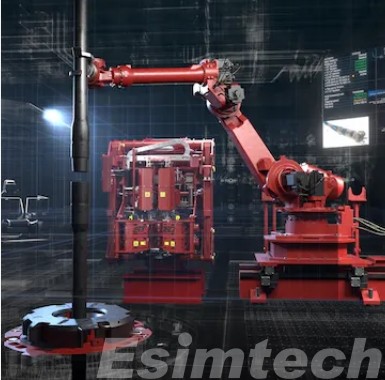
Key Features and Advantages of Automated Drilling Systems in the Oil and Gas Industry
1. Increased Precision and Efficiency
Drilling operations benefit from unprecedented precision thanks to automated drilling systems. These technologies can optimize drilling parameters using real-time data analytics and artificial intelligence, resulting in the most efficient and effective penetration rates.
The precision of Automated Drilling Systems minimizes drilling time, resulting in faster well completions and increased overall operational efficiency.
2. Enhanced Safety Measures
Safety is vital in the oil and gas business, and Auto drilling systems play a critical role in reducing the dangers involved with drilling operations.
Reduced human intervention in high-risk tasks, combined with the capacity to remotely monitor and manage drilling operations, considerably improves overall safety on drilling sites.
3. Advanced Sensor Integration
Automated Drilling Systems use a number of modern sensors, such as acoustic, gamma ray, and resistivity sensors, to continually gather and analyze real-time data while drilling.
These sensors give significant information on subsurface geology, fluid composition, and wellbore conditions, allowing operators to make better judgments and optimize drilling techniques.
4. Real-Time Data Analytics
The ability to handle and evaluate data in real time transforms drilling operations. Auto Drilling Systems use advanced algorithms to read data from multiple sensors and make rapid modifications to drilling.
Real-time data analytics empower operators to address drilling challenges promptly, improving decision-making and overall project efficiency.
5. Automation of Directional Drilling
Automated Drilling Systems can automatically adjust the direction and trajectory of the drill bit in response to real-time data.
Automation of directional drilling allows for precise wellbore positioning, optimizing reservoir recovery and maximizing the productivity of the well.
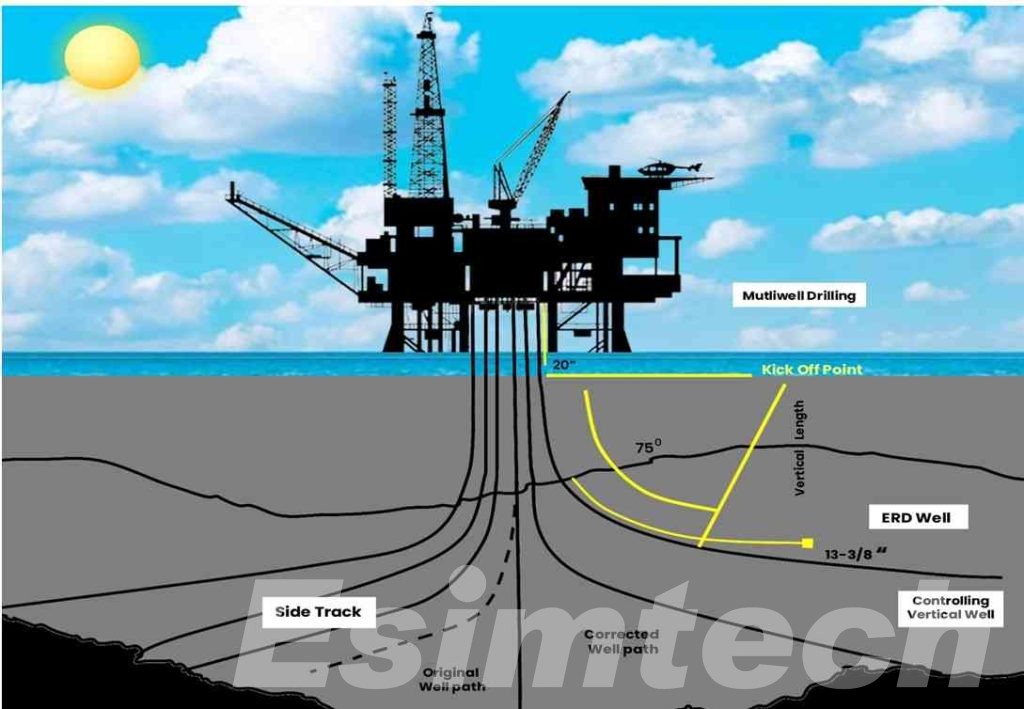
6. Remote Monitoring and Control
Operators can monitor and control drilling operations remotely, reducing the need for personnel on-site.
Remote capabilities enable immediate adjustments based on real-time data, enhancing responsiveness to changing drilling conditions.
7. Cost Savings and Sustainability
The increased efficiency, reduced downtime, and optimized drilling parameters contribute to significant cost savings in drilling operations.
Automated Drilling Systems also play a role in sustainability efforts by minimizing environmental impact through reduced drilling time and optimized well trajectories.
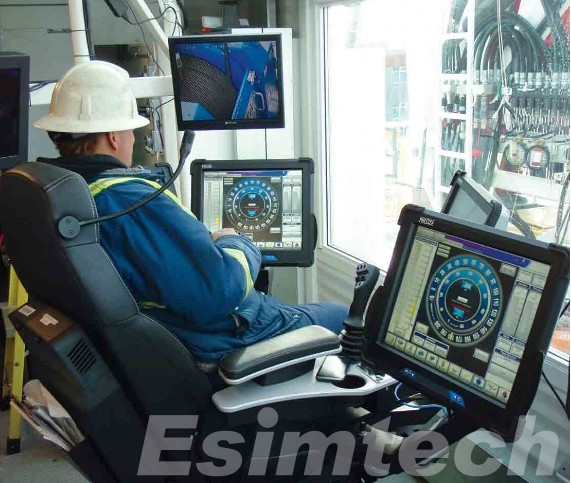
Simulation Technology Utilized in Automated Drilling Systems for Enhancing Their Performance
1. Virtual Prototyping and Testing
Simulation technology enables engineers to construct virtual prototypes of drilling systems that mirror real-world situations.
Virtual testing allows operators to evaluate the performance of Automated Drilling Systems in a variety of scenarios, fine-tuning algorithms and parameters prior to deployment.
2. Dynamic Drilling Simulations
Advanced simulations replicate the dynamic nature of drilling operations, considering factors such as wellbore trajectory, subsurface conditions, and equipment interactions.
Dynamic drilling simulations help identify potential challenges, optimize drilling strategies, and enhance the overall efficiency of the system.
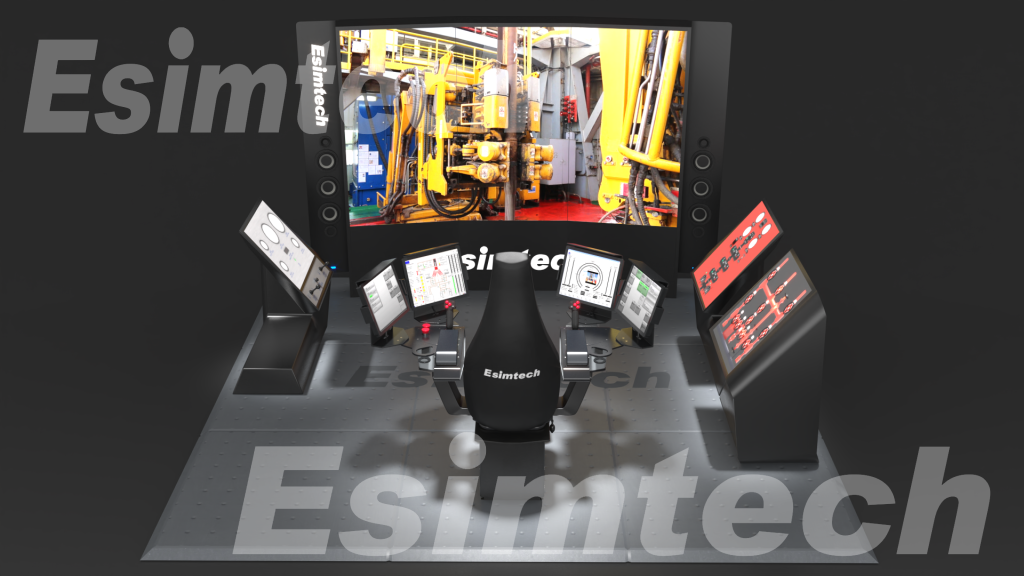
3. Digital Twin Technology
Digital twins, virtual replicas of physical drilling systems, are created using simulation technology.
These digital twins allow for real-time monitoring, analysis, and adjustment of drilling operations, providing a comprehensive understanding of the system’s behavior and performance.
4. Training and Skill Development
Simulation technology is used to train operators and drilling crews in a safe virtual environment.
Trainees can practice handling numerous scenarios, emergency events, and intricate drilling operations, preparing them for real-world tasks while avoiding actual operating dangers.
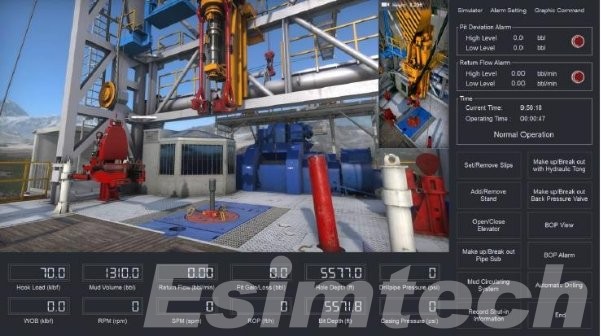
4. Optimizing Drilling Algorithms
Simulation technology is critical for creating and improving the algorithms used in Automated Drilling Systems. Algorithms are exposed to comprehensive simulations to assess their performance, discover potential flaws, and improve their flexibility to varying drilling conditions.
5. Real-Time Decision Support
Advanced simulations enable the creation of decision support systems that operate in real-time.
These systems continuously analyze data from sensors, predict potential issues, and suggest optimal drilling parameters, providing operators with valuable insights for immediate decision-making.
6. Scenario Analysis
Simulation technology allows for the creation of diverse drilling scenarios, including unexpected challenges and emergencies.
By simulating various scenarios, operators can develop contingency plans, test the responsiveness of Automated Drilling Systems, and ensure the system’s robustness in handling unforeseen circumstances.
7. Iterative System Improvement
Continuous simulation and analysis enable an iterative improvement approach for Automated Drilling Systems.
Engineers can identify areas for improvement, test alterations using simulations, and apply changes without disrupting actual drilling operations.
Conclusion
Automated Drilling Systems are a significant innovation in the oil and gas industry, ushering in a new era of efficiency, safety, and precision in drilling operations. Simulations help to improve accuracy, efficiency, and safety by offering a virtual playground for testing and refining drilling procedures. As the oil and gas sector evolves, the synergy between simulation technology and Automated Drilling Systems will play a critical role in creating the future of drilling, assuring sustainable and technologically advanced exploration and extraction operations.

